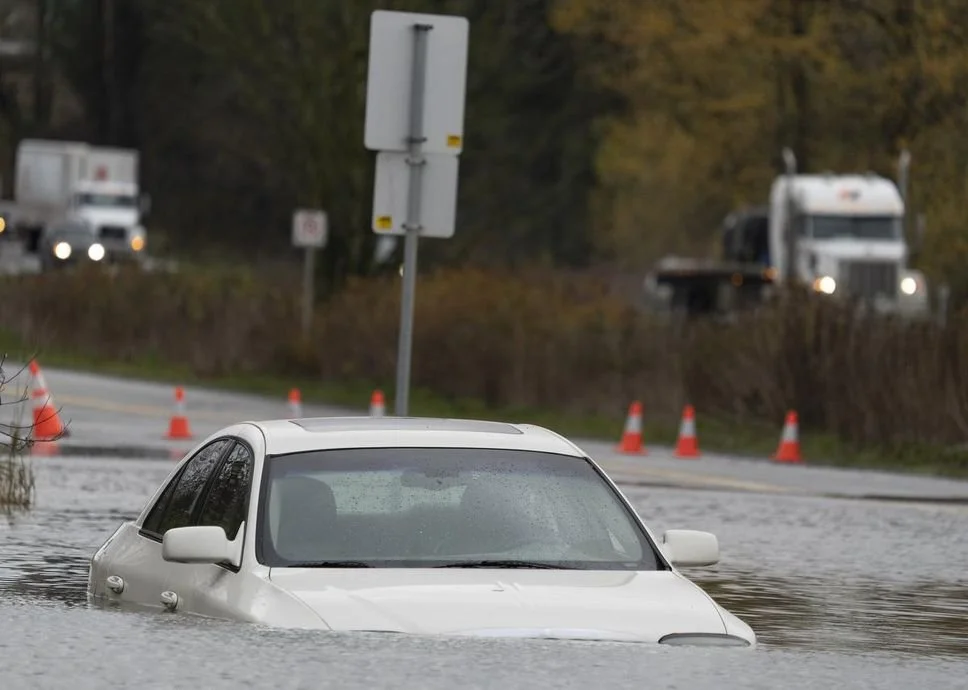Canada's East Coast province of Nova Scotia began cleaning up on Sunday after torrential rainfall caused devastating floods, while the search continued for four people including two children who went missing during the deluge. The storm, which started on Friday, in some places dumped more than 25 cm (10 inches) in just 24 hours - as much as normally falls in three months. CBC meteorologist Ryan Snoddon said it was the most rain to hit the provincial capital Halifax since Hurricane Beth in 1971.
Pumping Mississippi River water west: solution or dream?
Waves of torrential rainfall drenched California into the new year. Snowpacks in the Sierra Nevada Mountains have swelled to more than 200% their normal size, and snowfall across the rest of the Colorado River Basin is trending above average, too. While the much-needed water has improved conditions in the parched West, experts warn against claiming victory. About 60% of the region remains in some form of drought, continuing a decades-long spiral into water scarcity.
Pumping Mississippi River water west: solution or pipe dream?
Waves of torrential rainfall drenched California into the new year. Snowpacks in the Sierra Nevada Mountains have swelled to more than 200% their normal size, and snowfall across the rest of the Colorado River Basin is trending above average, too. While the much-needed water has improved conditions in the parched West, experts warn against claiming victory. About 60% of the region remains in some form of drought, continuing a decades-long spiral into water scarcity.
What’s an atmospheric river? Here’s why B.C. is seeing floods, mudslides
The torrential rainfall that has pummeled British Columbia in recent days — causing mudslides and flooding, shutting down highways and stranding and displacing thousands — is being fuelled by an atmospheric river. Atmospheric rivers are long, narrow bands of moisture in the atmosphere that carry water from the tropics and subtropics toward the poles.





